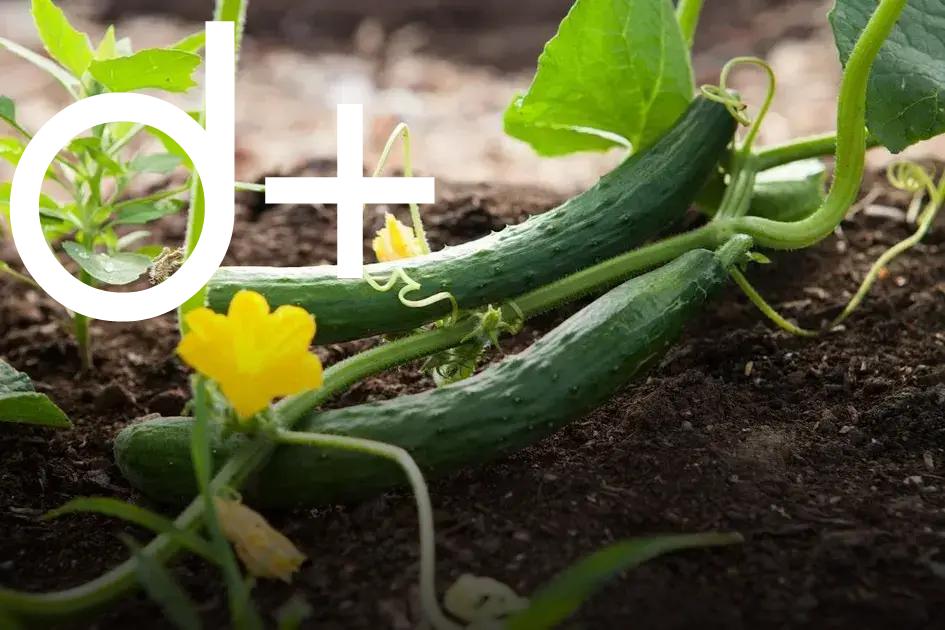Mulching is a crucial practice for any gardener looking to protect their plants and boost growth. It’s not just about aesthetics; the right mulch can keep your soil healthy, conserve moisture, and suppress weeds. In this guide, we explore the mulching tips that will nourish your garden. Understanding the importance of mulching and how to apply it correctly is the first step to a thriving garden. With the changes in seasons, knowing when and how to adjust your mulching strategy is key.
The Importance of Mulching in Garden Care
Mulching offers a multitude of benefits that are crucial to effective garden care. By adding a layer of mulch over your garden soil, you create a protective barrier that retains moisture, reducing the need for frequent watering. The right mulch also helps regulate soil temperature, shielding plant roots from extreme weather conditions.
Weed Control is another significant advantage of mulching. By obstructing sunlight, mulch stifles the growth of weeds in your garden, saving you valuable time and effort in maintaining a tidy space.
Improving Soil Health
As organic mulches decompose, they enrich the soil with essential nutrients, fostering a healthier environment for your plants. This natural process also enhances soil aeration and structure, aiding root development and plant growth.
Another key benefit is pest control. Certain types of mulch can deter pests, reducing the likelihood of infestations and potential damage to your garden.
Effective mulching not only supports plant health and improves aesthetics but also mitigates soil erosion by slowing water runoff and absorbing rainfall.
How to Choose the Right Mulch for Your Plants

Choosing the right mulch for your plants is crucial for a healthy garden. Organic mulches, like bark, wood chips, and straw, break down over time, adding nutrients to the soil. They are excellent for vegetable gardens and flower beds.
Inorganic mulches
, such as stones or landscape fabric, do not decompose and are great for long-term weed suppression.
Consider your plant requirements. Some plants prefer acidic soil, so pine needles could be a great option. For moisture-loving plants, shredded leaves work well to retain water. Always check the needs of your particular plants when selecting mulch.
Thickness
matters too. A layer of 2-3 inches is ideal for most plants, ensuring you keep it a few inches away from stems to prevent rot.
Another factor is aesthetics. Match mulch color and texture with your garden design. Dark mulches can make plants stand out, while lighter ones create a calm look. Finally, consider budget and availability in your region. Some mulches might be more eco-friendly and locally sourced.
Step-by-Step Guide to Applying Mulch
Clear the Area: Before applying mulch, ensure the area is free of weeds and debris. Use a garden hoe or rake to remove any unwanted plants and level the soil. Choose the Right Mulch: Decide on the type of mulch suitable for your garden. Organic options like wood chips, bark, and straw are popular for adding nutrients. Inorganic mulches like gravel or stones work well for decorative purposes. Determining the Thickness: A mulch layer of 2 to 4 inches is effective for most plants. Too thick can prevent water from reaching the soil, while too thin won’t suppress weeds efficiently. Application Technique: Gently spread mulch around the plants, ensuring it doesn’t touch the stems or trunks. This helps prevent rot and pests. Use a shovel or your hands to distribute evenly. Watering After Mulching: After applying mulch, give the area a thorough watering. This helps the mulch settle and starts the process of moisture retention for your plants.
Maintenance:
Check your mulch periodically throughout the season. Replenish thin areas and ensure it hasn’t compacted too much, which can inhibit water flow. Avoid Direct Contact: Keep mulch a few inches away from plant stems and tree trunks to avoid decay and pest invasion. Consider the Season: Mulching can be adjusted seasonally. Apply a thicker layer before winter to insulate roots and keep them healthy.
Common Mulching Mistakes to Avoid

One frequent mistake is applying mulch too thickly. While mulch retains soil moisture, excessive amounts can lead to waterlogging, which suffocates plant roots. Keep the layer around 2-3 inches thick to allow for proper air circulation.
Avoid piling mulch against the base of plants or trees. This practice, known as ‘volcano mulching’, can cause bark decay, attract pests, and create an environment for disease. Instead, pull the mulch away from the plant base to clear a few inches.
Not all mulches are created equal. Using the wrong type can hinder plant growth. Organic mulches like wood chips or shredded leaves decompose over time, nourishing the soil. Inorganic options like stones or plastic offer no nutritional value and may heat the soil excessively in summer.
Irrigation Before Mulching
Ensure soil is adequately watered before applying mulch. Dry soil beneath a mulch layer can create a barrier to water penetration, leaving roots dry and affecting plant health.
Another error is neglecting to replace or refresh mulch. Over time, mulch breaks down and gets compacted, losing its effectiveness. Check at least once a year to maintain its thickness and benefits.
Poor timing can also lead to problems. Apply mulch when the ground is thawed in spring or early summer. If applied too early, cold soil can slow plant growth. Applying during excessive heat can trap high temperatures, stressing the plants.
Pest and Weed Control Mulch can both suppress weeds and attract pests if improperly managed. Consider applying a weed barrier underneath and keep an eye out for slugs or insects that may inhabit moist mulch layers.
Seasonal Mulching: Adjusting for Climate Changes
Seasonal mulching is essential in adapting your garden care routine to the ever-changing climate. By adjusting mulch types and application methods according to the seasons, you can ensure your plants are protected and nurtured all year round.
During winter, a thicker layer of mulch, such as straw or shredded bark, can act as a blanket, insulating plant roots from harsh frost. Be sure to keep the mulch away from the stems to prevent rot. In contrast, during the summer, heat-absorbing mulches like dark pebbles or bark can help keep the soil cool and conserve moisture.
Spring is a time for growth, so a mix of nutrient-rich mulch like compost can boost new plants. In autumn, leaf mold is an excellent choice to enrich the soil with organic matter, helping prepare the ground for the coming cold months.
- Spring: Use nutrient-rich compost to energize plant growth.
- Summer: Opt for moisture-retaining mulches to reduce water evaporation.
- Autumn: Leaf mold adds nutrients and organic matter to the soil.
- Winter: Insulating mulches shield roots from frost damage.
Proper seasonal mulching not only supports plant health but can also
reduce maintenance
needs by lessening weed growth and conserving water. Adjusting your mulching practices according to climate changes can significantly enhance your garden’s resilience.







![BANNER 1 - HOME [QUADRADO]](https://dailyfindinvestment.com/wp-content/uploads/2025/01/BANNER-300-X-300.gif)
